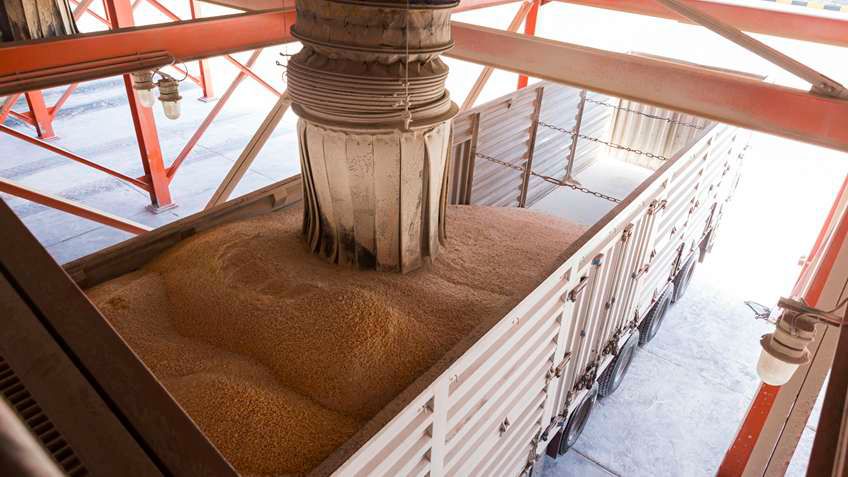By Sheila Kennedy, Contributing Writer
Cargill aims high: it strives to be the global leader in nourishing people. With 155,000 employees across 70 countries and fully integrated supply chains — from the farm to retail stores and restaurants — the agricultural conglomerate is well on its way.
Food processing is a major part of its business, from smaller-footprint oilseed crush plants, corn oil refineries, starch refineries and salt production plants, to the more-complex ethanol distillation and corn fermentation facilities.
In pursuit of plant-wide process optimization, a structured, global continuous improvement (CI) initiative is in progress at Cargill. Plant by plant, CI workshops are being performed, culminating in implementation of standard operating procedures to improve plant performance.
Naturally, process control is a high priority, because it affects throughput, yield, energy consumption and production quality. “As part of our CI program, process control studies are performed, and then control strategies are standardized and deployed across plants with similar processes to improve efficiencies,” says Chris Christie, refinery process control lead in Cargill’s Corporate Engineering & Data Sciences team.
The results are encouraging — to a point. “Because we’ve been on this journey, we’ve implemented control loops and seen the value they provide,” explains Christie. “However, we quickly realized that the results were not sustainable for various structural and skill set reasons.”
To better maintain the gains from Cargill’s process optimization initiatives, a control loop performance-monitoring and advanced diagnostics solution was needed. Christie and his team led an evaluation, selection and pilot proof of concept for options, and now are rolling out PlantESP from Rockwell Automation Encompass™ Product Partner Control Station to more than 70 of Cargill’s manufacturing sites worldwide.
Progress Had Its Limits
A typical Cargill manufacturing facility — depending on the size — uses tens, hundreds, if not thousands of PID controllers to regulate production. Though a policy was established to have all controllers operate in automatic mode, when process control engineers got a plant running in automatic, they would later find some controllers returned to manual. As a result, gains from the optimization effort were lost.



